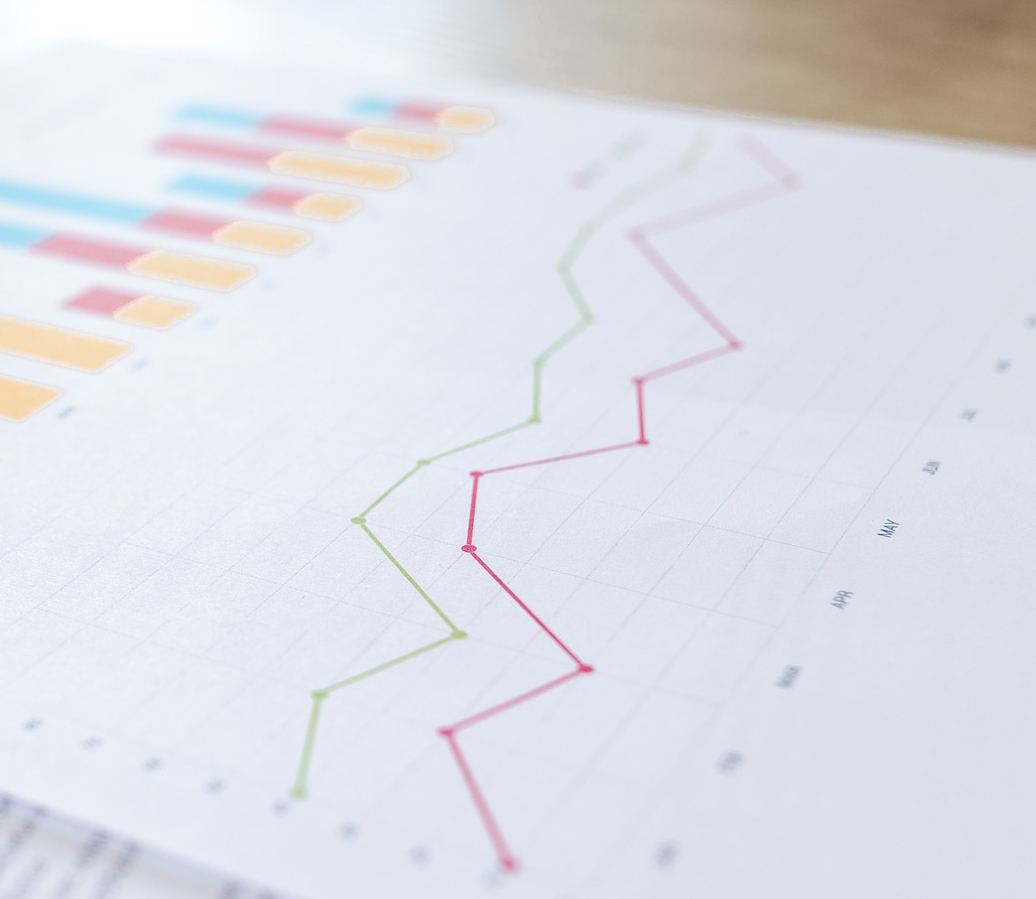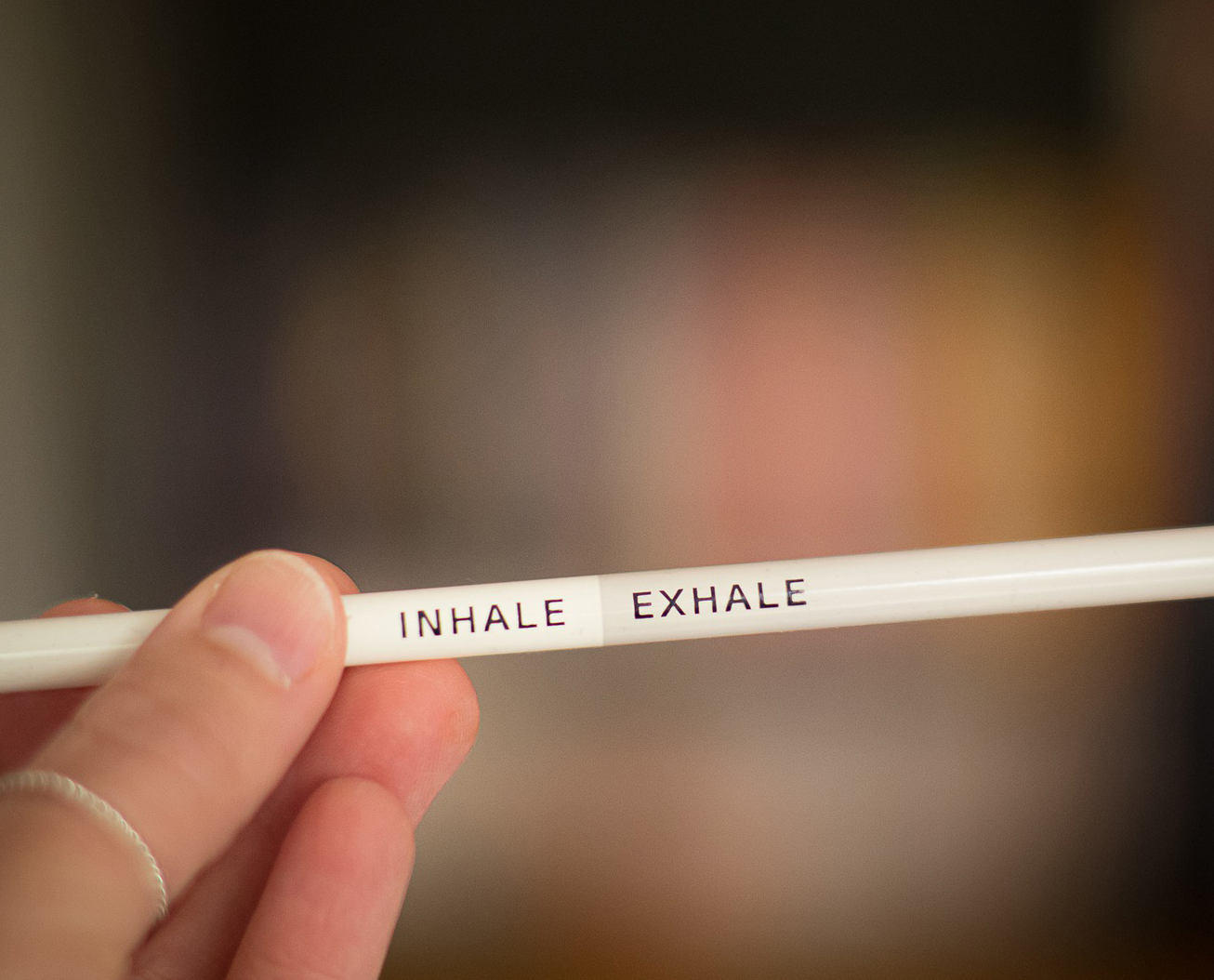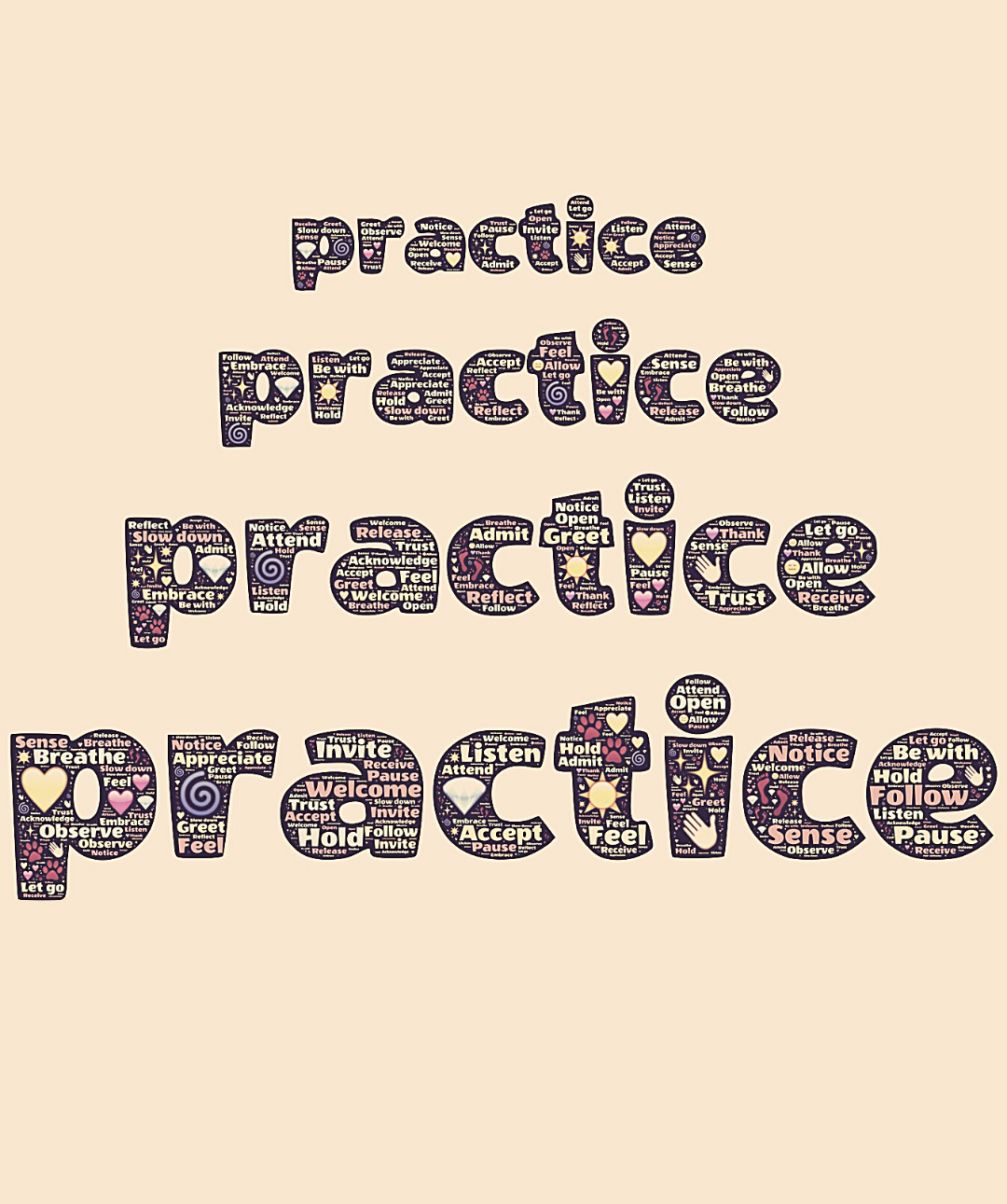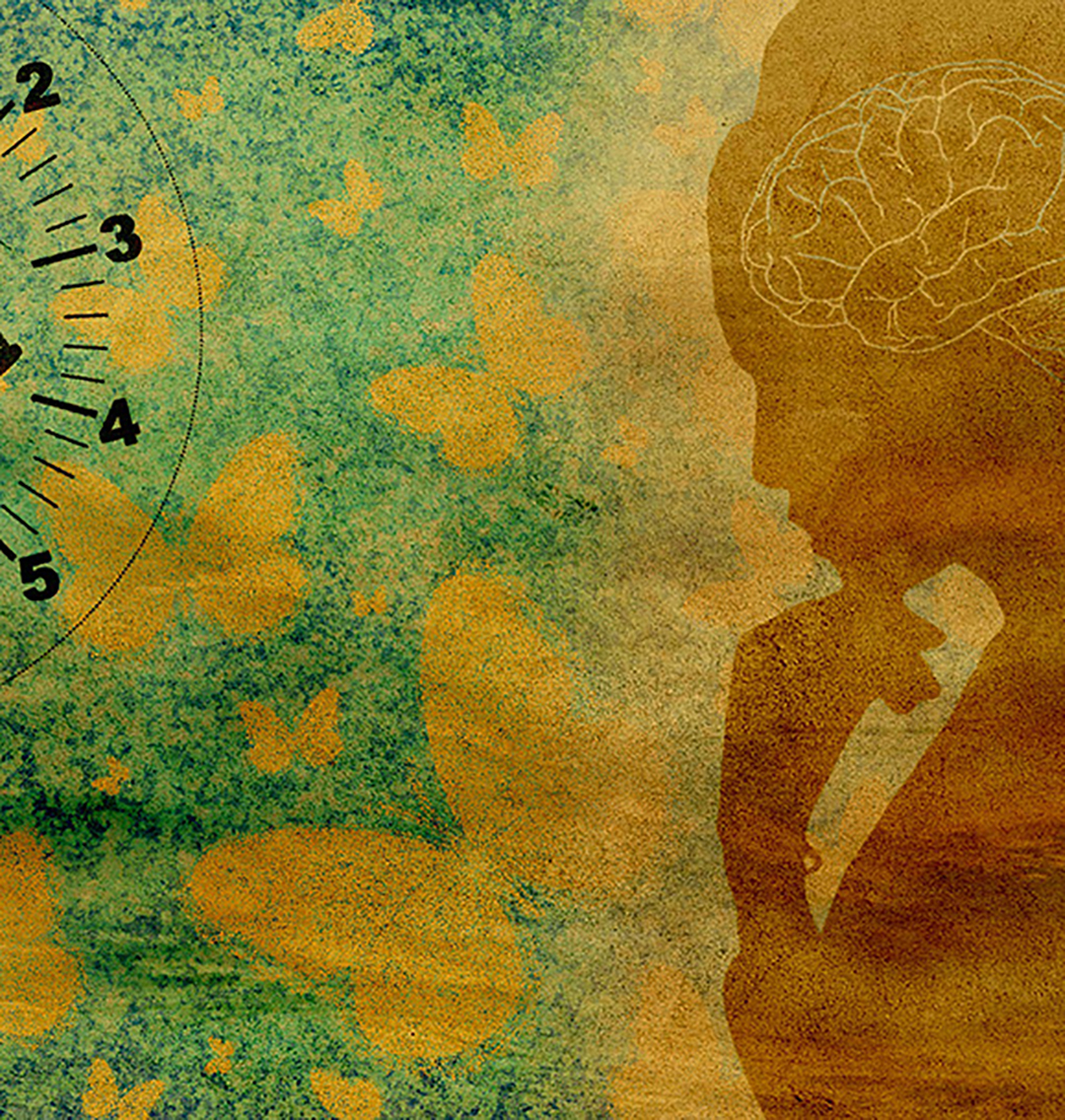I just bought an Apple Watch and, since I am not tech savvy, most functions are completely lost on me. In fact, when binary codes and algorithms are mentioned, I experience surges of dread. However, as a teacher once said to me, we cannot ask others to challenge themselves if we are unwilling to take the challenge.
So, because my health is important, I grabbed on to one function; the function to monitor my heart rate. When I did this, I noticed that my brain and body are not always in sync. It seems that as my stress levels rise and my fight or flight kicks in, my rational brain can quickly become muted.
I remain unaware that I am leaving my window of tolerance and find myself swallowed up in an anxious moment. My body reacts to a perceived threat, my heart rate jumps and, instead of taking slow breaths, I sit amidst it all getting more and more, tangled up in my thoughts.
This is a familiar story in the counselling room and as counsellors, most of us will advise, and utilise, certain stress relieving techniques. I have a range of different techniques that I’ll offer any clients who are struggling with stress, but how can we expect them to use these strategies when as busy humans, we are so often unaware of the need?

Elon Shapiro, an EMDR consultant, offers us a solution with the Four Elements Bracelet Method: Earth, Air, Water and Fire.
This exercise is practiced several times throughout the day, so it eventually becomes a routine, and helps us to both stay in tune with and keep on top of our stress levels.
Begin by conducting a stress reading. Tune into how stressed you are feeling on a scale of 1 to 10 and make a note.
This will become a frequent activity and the readings help us to track our stress levels and gauge our progress.
Now work through the following four steps.

1. Earth
The Earth element is for grounding.
Plant both feet firmly on the ground and bring your attention to your connection with the earth.
Feel all four corners of your feet as they make contact with the floor. Now think about your connection with the seat beneath you. Notice the qualities - is it soft or hard, warm or cool etc. - and attend to the body parts that are supported by it.

2. Air
The Air element is for balancing and centring.
Now we focus on the breath. Place one hand on your abdomen and one on your chest and breathe slowly to the count of four.
Inhale from your stomach, gradually filling the chest cavity with air. Notice how your abdomen and chest gently rise with the inhalation. Hold for a moment and then reverse the process. Gradually emptying your lungs and noticing how the chest gently falls before the stomach follows suit.
Doing this even for 1 minute can have a significant calming effect.

3. Water
The Water element is for calm and control.
We bring our attention to the throat and the mouth. Focus on creating more saliva in your mouth in order to induce physical relaxation.
This counteracts the somatic stress response by activating the parasympathetic nervous system.

4. Fire
The Fire element is for lighting up the imagination.
In your mind's eye, visualise being in a more peaceful place. Imagine relaxing somewhere safe and secure using all the senses.
See it, hear it, feel it.
Shapiro states that in the relaxed state achieved by the first 3 elements, we are now more able to mentally conjure up our safe place.
Once this sequence is complete, check your stress levels again and if they're still high. Repeat the sequence.
What I personally like about this exercise is its accessibility. It can be done anywhere, is easy to remember and helps us to take charge of our own wellbeing.

We all know that once we pass a certain level of overwhelm, anxiety can block us from implementing self-care strategies, as it not only affects our decision making, but also our ability to recall and retain information. My clients often reflect that in the moment, they simply forget to use the strategies we’d discussed and practiced in the consulting room.
In light of this, Shapiro suggests that we begin practicing the Four Elements technique in times when we are not feeling stressed. He advises that if we do this at least 10 times in the first two weeks we will become positively conditioned to the process and it will become a more natural go to coping mechanism.
Wearing a bracelet or placing a sticker on our watch can serve as a reminder us to check in and work through the elements, which over time can become a feel-good association. Personally, I use an app on my phone that reminds me to breath.
Where the inner saboteur has a tendency to get in the way, Shapiro suggests that we pull on a rubber band at the beginning of the activity to help limit negative thoughts and reinforce the first stage of grounding.

Self-Care for Counsellors
Most of us are acutely aware that to hold and support others we must have well-charged batteries. When we have busy lives and significant challenges come up however, self-care is typically the first thing to be cut from our schedule.
With this quick and effective technique I can enjoy my time even if only for a few minutes. It is like I am leaving the scene of a movie and finding a quiet seat. For that moment, the long to do lists, the continuous information streaming from my phone, and the noise from the outside world all fades away. I get to be alone to simply breathe, in the here and now, to care for myself and it is lovely.
I know that the chaos is waiting but I also know that it will be greeted by a much more powerful personal presence when I return rejuvenated by the break.
